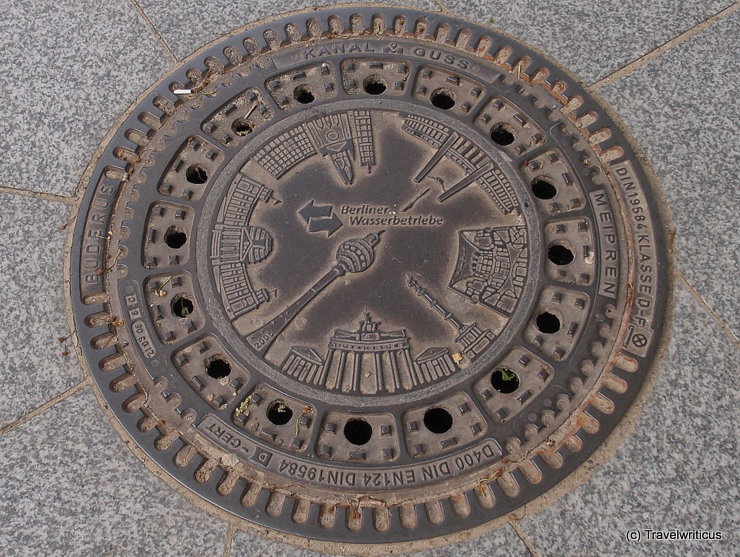
This manhole cover in Berlin displays a compilation of the main sights in the German capital. I’m surprised that the new Federal Chancellery Building (2001) is a member of this group of Berlin attractions.
Browse through your travel destination!

This manhole cover in Berlin displays a compilation of the main sights in the German capital. I’m surprised that the new Federal Chancellery Building (2001) is a member of this group of Berlin attractions.
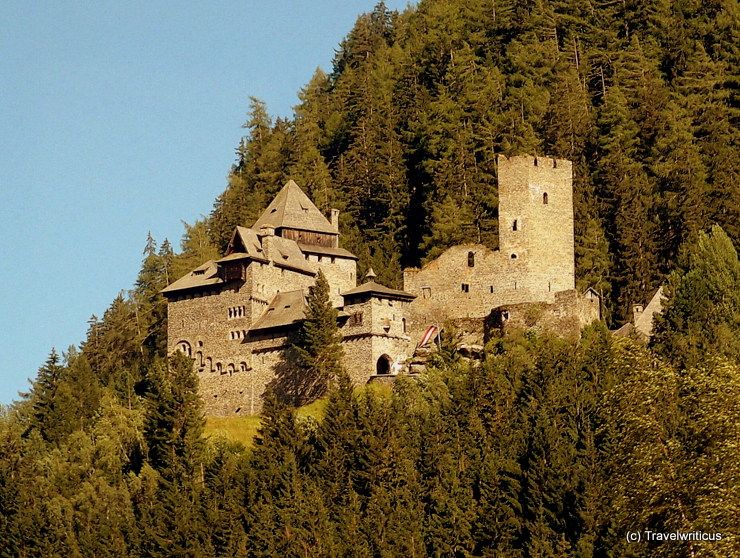
Finstergrün Castle (Burg Finstergrün) rises high over Ramingstein. This is a place in Lungau, a region in the Austrian state of Salzburg. The first mention of the castle was in the 12th century. Today, it houses a youth hostel.

The Donkey Fountain (Eselsbrunnen) on the Old Market (Alter Markt) in Halle (Saale) dates back to 1913. Its motiv – a man with a donkey walks over a rug of roses – refers to an old but fun legend. The story goes back to the time of Emperor Otto I.

One of the biggest attractions in Hainburg an der Donau is its 13th-century town wall. The Fischertor (Fisherman’s Gate), one of three still visible gates, connected the Old Town of Hainburg with the Danube bank, where the freshly caught fish entered the city.

The Fürstenzug (Procession of Princes) is a 102-meter-long mural in Dresden. It is applied to 23,000 Meissen porcelain tiles and displays portraits of 35 members of the House of Wettin. These people formed the rulers of Saxony between 1127 and 1904.

At first glance, the Carnuntinum Roman Museum in Bad Deutsch-Altenburg looks like a villa rustica. In fact, it was only opened in 1904. It houses artefacts from the Roman town of Carnuntum and is considered the biggest Roman museum in Austria.

The Seehas Railway is a rail link between Konstanz (Constance) and Engen. The name doesn’t derive from the existing fish Seehase (lumpsucker) but from a fabulous creature supposed to live in the western part of the Bodensee (Lake Constance).

Schloss Hof is the largest castle of the five Marchfeld Palaces between Vienna and Bratislava. Two famous owners – Prince Eugene of Savoy and Empress Maria Therese – transformed it into a Baroque gem with a French garden stretched onto seven terraces.

Museeum geeks find the Ruhr Museum in the former coal preparation plant at the Zeche Zollverein. On several floors, it tells the story of the Zeche (coal mine) and portrays the history of the Ruhrgebiet (Ruhr Area).
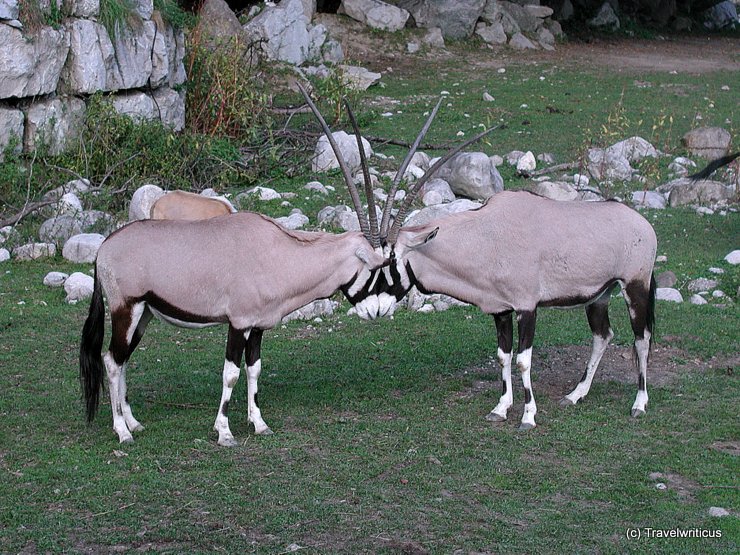
This pic of two struggling oryxes is a snapshot taken on a walk through the Salzburg Zoo. You’ll find this zoo next to Hellbrunn Castle in the south of Salzburg city. Its location is next to a rock landscape. So, visitors see the wild animals in a rugged setting.
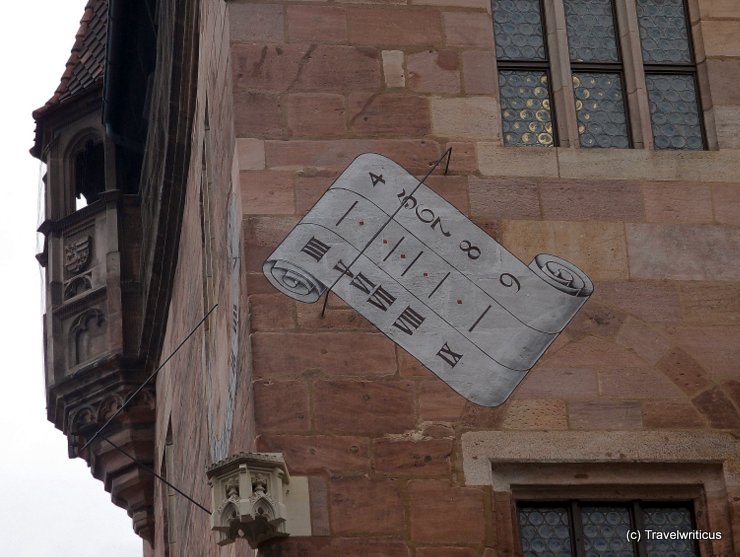
This sundial is a decoration on the Nassauer Haus in Nuremberg, a medieval residential tower in the city centre. I love the sundial’s design, which reminds me of a scroll. Around the corner, there is another sundial with a commonplace design.
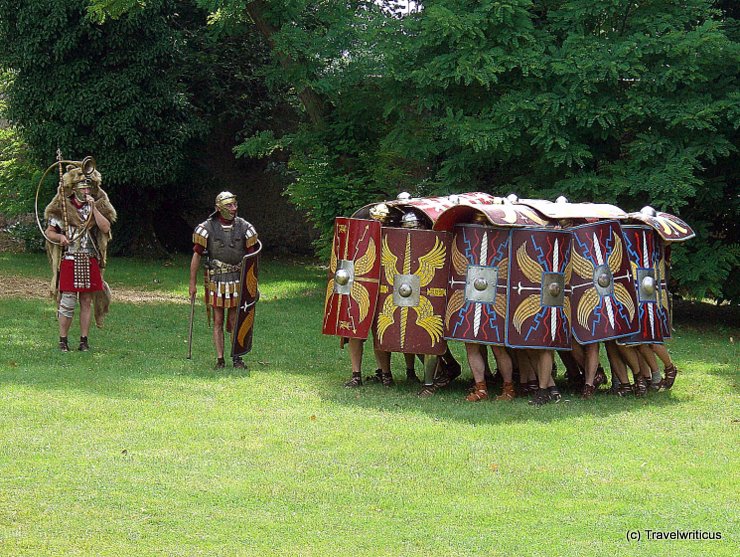
Probably the most iconic Roman military tactic is the tortoise (testudo) formation. At least, if you are a fan of the Asterix comic album series. In this part of a show at a Carnuntum festival, a reenactment group presents how such a formation develops.